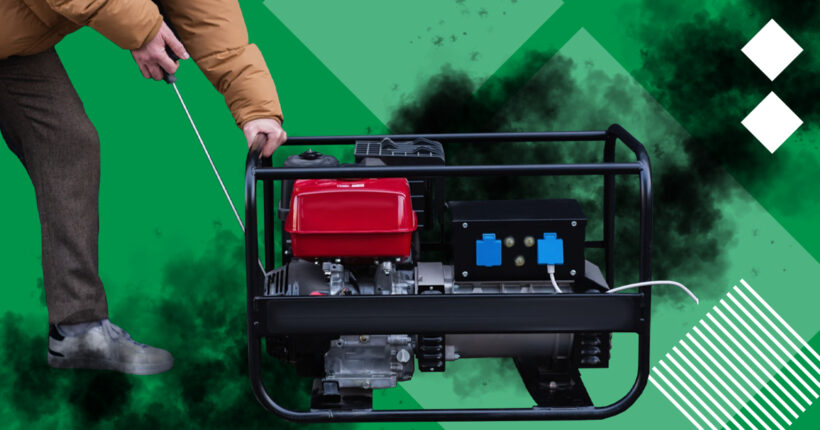
What is the problem?
Gasoline and diesel generators with internal combustion engines emit carbon dioxide, carbon monoxide, soot, and nitrogen oxides. The formation of carbon monoxide can lead to suffocation if a person is exposed to it for a long time. Nitrogen oxides combine with other compounds under the influence of sunlight to form ozone, a powerful trigger for asthma attacks. Sunny summer days create the most favorable conditions for this type of air pollution.
Eco-expert Yulia Katiba notes that all these substances are carcinogens, causing cancer, asthma, and lung and circulatory system problems. One liter of gasoline pollutes approximately 15 cubic meters of atmospheric air.
If there is no wind in the settlement for a long time, there are risks of smog formation. The number of generators is increasing, so the air quality is deteriorating.
In addition, generators create an additional noise load. Diesel generators can produce 88 dB of noise, and gasoline or gas generators can exceed 95 dB. Such indicators exceed the normal values of 55 dB during the day and 45 dB at night. The greater the power of the generator, the higher the noise level. Also, generator noise affects animals because they are more sensitive to sounds.
In addition, there is a problem with regulating emissions from generators at the legislative level. Yulia says that generators are not stationary sources of pollution; they do not have constant coordinates and therefore do not fall under the requirements of the legislation on the protection of atmospheric air.
Only if the generator caused 500 tons of carbon dioxide emissions during the year is there a need to pay the environmental tax, but household generators have much smaller capacities. However, it is worth taking into account their number, which already significantly impacts the quality of atmospheric air.
What is the solution?
Natural gas generators
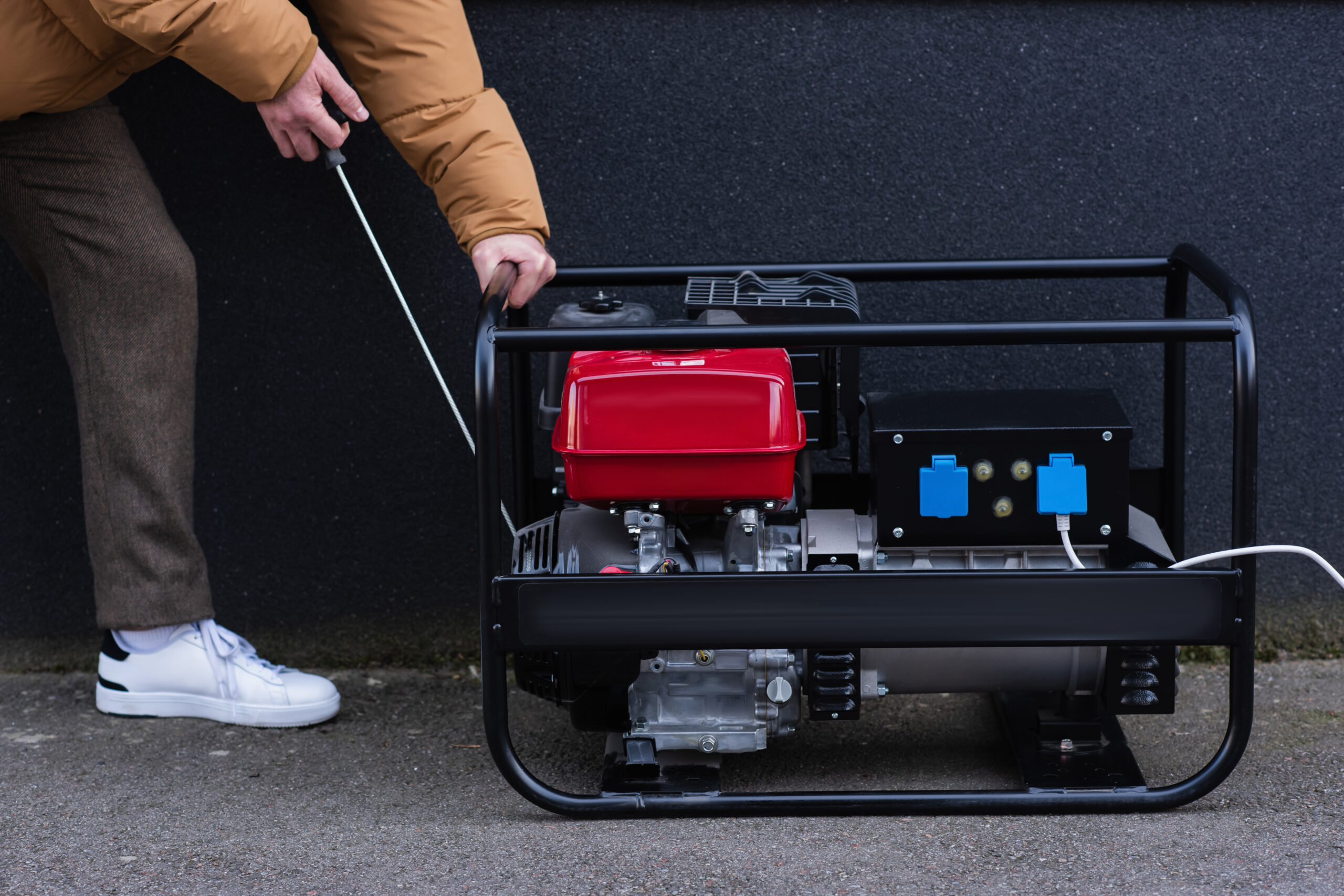
Such generators stand somewhere between traditional fossil fuel generators and renewable energy sources. Natural gas generators are more energy efficient and can produce enough electricity for homes, hospitals, and even power plants.
There are gas generators on liquefied gas (cylinder or propane-butane) and mains natural gas. If we talk about liquefied gas generators, they have several advantages:
- They can be installed both indoors and outdoors;
- a propane-butane gas generator does not require special skills for installation: you buy a gas cylinder, fill it up and connect it to the reducer on the generator using a gas hose and clamp;
- liquefied gas placed in cylinders does not spill even in the event of a leak; propane instantly evaporates into the air;
- the installation does not require permit documentation from the gas service.
However, such generators will need to be refueled from time to time.
On the other hand, a gas generator on mains gas does not need constant refueling. Still, it is important to remember that it can be officially installed only after the decision of the local gas service and approval of the installation site.
Other advantages of natural gas generators:
- Small fuel consumption, which makes the use of backup electricity cheaper by more than 2.5 times. They are easy to start and do not require special skills.
- When gas is burned, many times fewer chemicals are released into the air than when gasoline or diesel is used.
- The noise threshold from the gas generator engine is 20% lower than that of diesel engines.
- The gas does not cause metal corrosion or affect the oil film, which increases the operational characteristics of the device.
- Natural gas is generally more affordable, cost-effective, and environmentally friendly than diesel.
Environmentally-conscious business owners would probably prefer a gas generator over a diesel generator.
Portable solar panels or solar generators
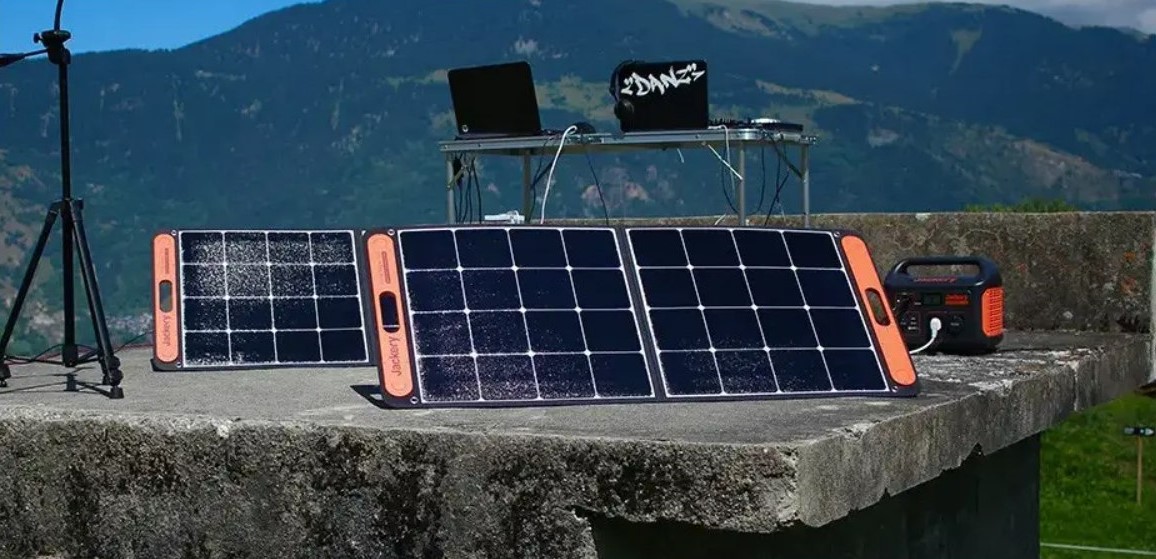
Solar generators are an even more environmentally-friendly alternative to traditional generators. They consist of two essential parts — a set of solar panels and an internal storage system composed of photovoltaic cells that capture sunlight, convert it into electricity, and store it. They do not emit fossil fuels and are cleaner, quieter, and safer than gas generators.
The more powerful the solar generator you need, the higher its price will be. However, after the initial investment in solar panels, you can save later, as maintenance over the life cycle is usually low. They have fewer moving parts than fossil fuel generators and will not require much maintenance. Typically, solar generators last 25 to 30 years. They come in different sizes: from the size of a home air conditioner to as small as a briefcase or boombox.
However, the last point that should also be considered is the dependence on sunny days and the relatively long charging time.
Wind generators or wind turbines
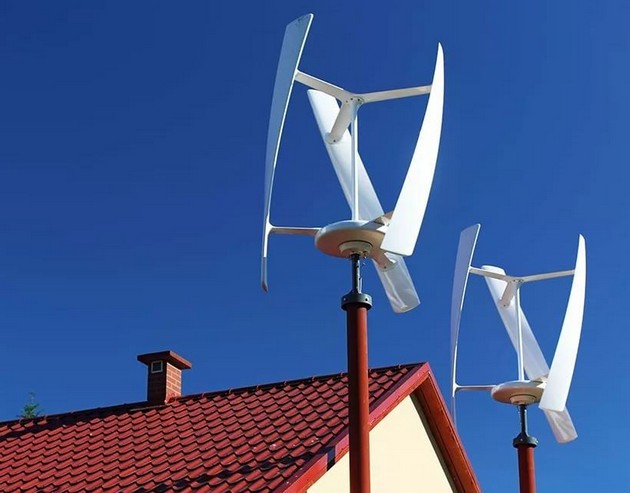
Large wind turbines are typical for farms and fields, but they are also made in smaller sizes to be installed at home. Home wind generators are most suitable for houses with large open spaces where it is windy.
Wind turbines collect kinetic energy by rotating propellers and storing it in an attached generator. They usually cost from several hundred to several thousand dollars, but they will pay off in several years. And, of course, as with solar panels, the price of wind turbines will depend on the power you need. Wind turbines have a higher noise level than solar panels but are entirely eco-friendly and do not release any emissions into the atmosphere, being safer for general use than fossil fuel generators.
Unlike solar power, wind energy can be harvested at any time of the day, but wind turbines' space and location requirements make them less versatile than rooftop panels. It is recommended to install the turbines in an outdoor space where the wind will be at least 19 km per hour.
Portable charging power stations
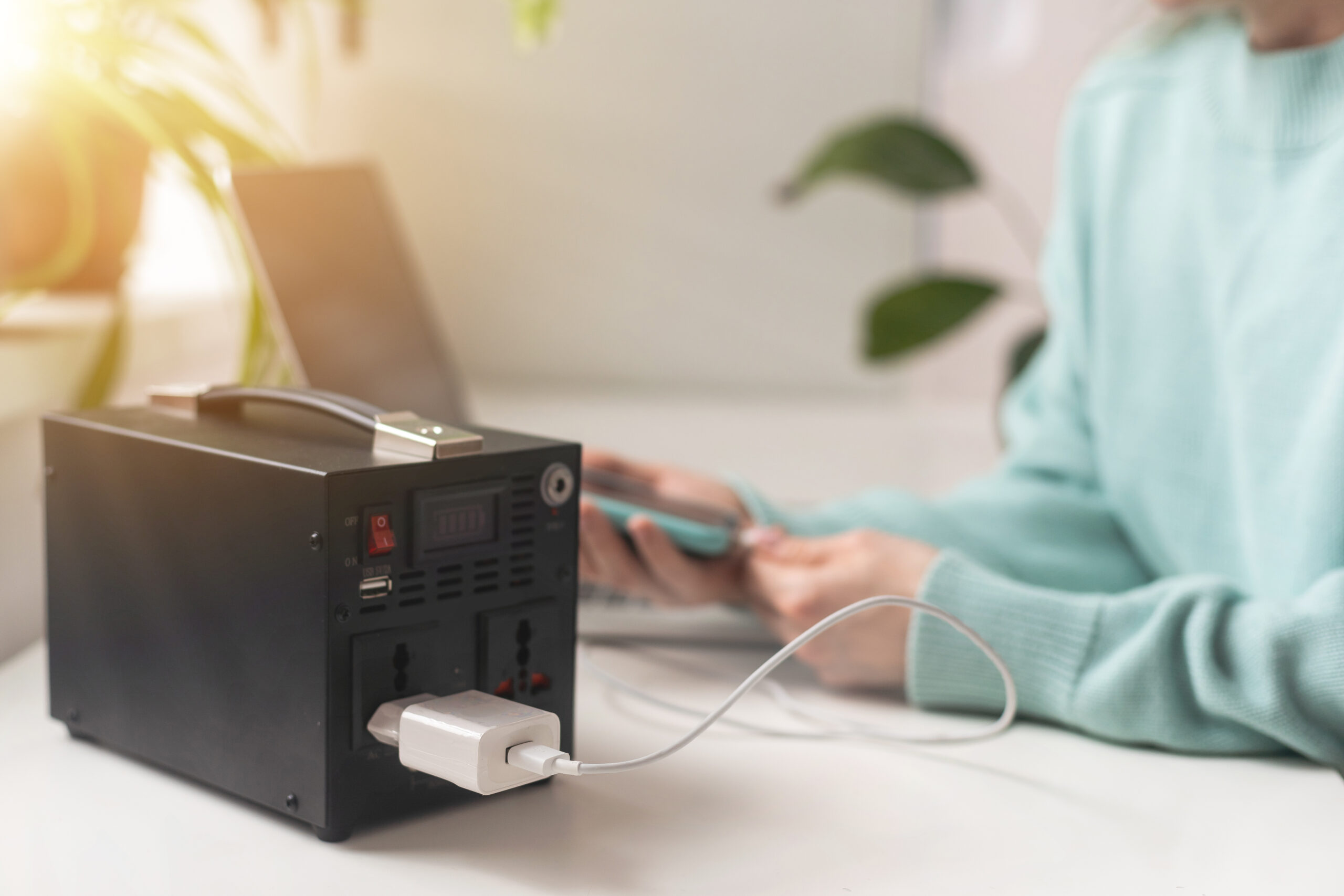
Also known as gasless generators, they are battery-powered generators. These are a greener and quieter alternative to traditional diesel home generators. Instead of burning fossil fuels, battery-powered generators connect to an external power source (such as the power grid, a vehicle, or a solar panel) to collect and store electricity. Because they do not use fuel, battery-powered generators do not release carbon monoxide or other emissions into the atmosphere.
Battery-powered generators are usually portable, convenient, and completely safe for indoor use. The average portable battery-powered generator is about the size of a microwave oven. The battery has several outlets, from standard 120-volt outlets to USB ports and direct current (DC) chargers. Although battery generators are the best for convenience and portability, they take some time to charge, especially when connected to a solar power source.
Does it really work?
Disadvantages in the transition to more eco-friendly power sources
The capacity of ecological generators is insufficient to provide 100% of electricity needs. Alternative sources of electricity still depend on factors beyond direct human control — the weather. Suitable atmospheric conditions are required to operate such generators: sufficient hours of sunlight and minimum wind speed. The technologies of eco-friendly power systems are developing, but not so rapidly as to completely replace traditional power sources. Many companies do not invest in alternative solutions.
Yulia Katiba adds that it was quite tricky before the full-scale invasion with the promotion of renewable energy sources (RES). However, there is an example of a city in the Chernihiv region that survived the occupation at the beginning of a full-scale invasion and was cut off from the electricity supply. The city had its own solar power plant, which greatly supported the operation of critical infrastructure.
Ukraine is only at the beginning of popularizing and implementing RES at the state level. Still, the demand for installing solar panels in private homes is gradually increasing.
Even more helpful solutions!
Hybrid power
Another solution is hybrid energy, combining renewable or alternative energy sources with other (i.e., fossil fuel) energy sources. They support a smooth transition to the use of cleaner energy. An example of hybrid power would be a construction site combining two different technologies: a solar energy storage system and a diesel generator.
The advantages of hybridization are lower operating costs, fuel costs, and reduced carbon emissions. Large structures benefit from a greener solution while benefiting from the reliability of fossil fuels, albeit at a lower price. For example, hybridization can save up to 70% of total fuel costs for mining sites.
This material was created by the online media outlet Rubryka within the framework of the Ukrainian Rapid Response Fund program, implemented by IREX, with the support of the US State Department. The content is the sole responsibility of the Rubryka online media and does not necessarily reflect the views of IREX or the US State Department.

Newsletter
Digest of the most interesting news: just about the main thing








